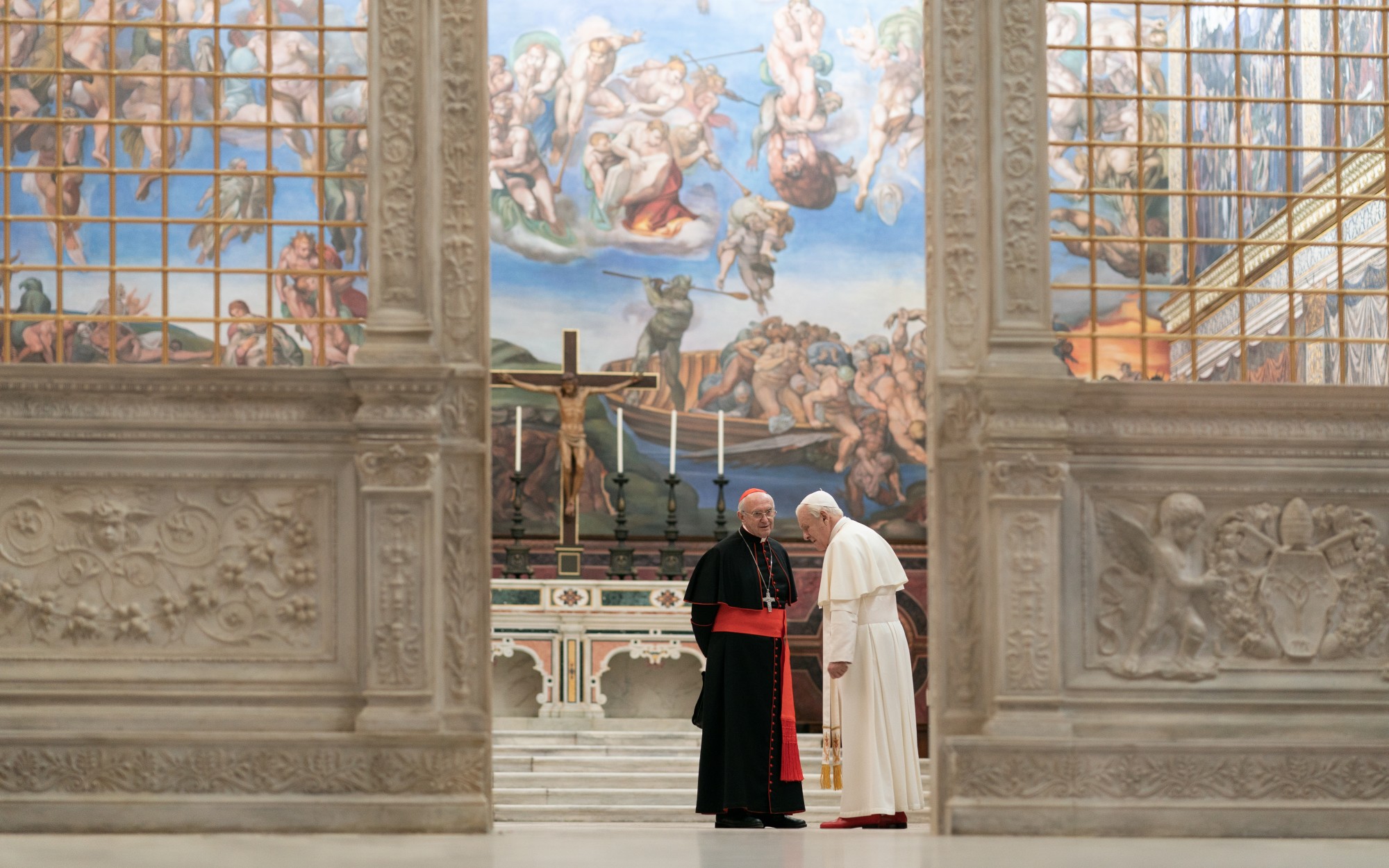By Enza Ferreri
This article was published on Italy Travel Ideas
The mistake pretty much everywhere has been treating seriously-ill Covid-19 patients with ventilators, which requires a highly-invasive surgery for intubation, the insertion of a tube attached to artificial ventilation into the trachea, and didn’t achieve a good rate of success.
The hypothesis has now started to make headway that the main cause of death is not pneumonia, but a generalised venous thromboembolism.
Embolism is the obstruction of an artery or vein caused by a body foreign to normal blood flow, the most common of which is blood coagulation, i.e. clotting, in which case it is known as thromboembolism. The most frequent venous embolisms are pulmonary embolisms, in which a deep vein thrombosis gives rise to a thrombus, a blood clot, a part of which detaches and is transported by the bloodstream to obstruct a pulmonary artery, causing embolism.
Pulmonary embolism symptoms include breathing difficulties, and can even lead to death.
Treatment usually is by the administration of anticoagulant drugs, such as heparin and coumadin.
"Thrombosis Possible First Cause of Coronavirus Deaths"
Those above are the words of Dr Giampaolo Palma, expert in Echocardiography and Interventional Cardiology, who also said:
Gentlemen, Covid-19 first of all damages the vessels, the cardiovascular system, and only then does it reach the lungs. It is venous microthrombosis, not pneumonia that determines fatality.He is one of the many Italian physicians who are using the anticoagulant medication heparin and exchanging information about it through a wide nationwide network.
One of the first was Professor Sandro Giannini of Bologna, who states:
Ventilation of the lung where the blood does not reach would be useless therapy; in other words, the cause of the lung damage is the development of a coagulopathy, disseminated intravascular coagulation.This was discovered through autopsies and echocardiograms, following the disconcerting results of analysis of large samples of ventilated COVID-19 patients, which showed that mortality rates among them could be as high as two thirds.
The UK's Intensive Care National Audit and Research Center (ICNARC) published data of a study on the first 24 hours of 3,883 patients with confirmed COVID-19 (the illness from SARS-CoV-2) admitted to intensive care units (ICUs).
Among patients whose ICU outcome is known, 66.3% of the 1053 patients who required mechanical ventilated died, compared with 19.4% of the 444 patients who required basic respiratory support.This mortality rate is much higher than for ventilated patients with different types of viral pneumonia, which is 35.1%.
These results are similar in the observation of smaller samples of patients in China and the USA.
Something was obviously wrong, and there have been recent claims of excessive use of ventilators and even risks of ventilator-induced lung injury.
Autopsies on patients who were ill from SARS-CoV-2 revealed signs of massive thrombosis.
In addition, from echocardiograms performed in Italy for Coronavirus patients it seemed that patients go to resuscitation for generalised venous thromboembolism, especially pulmonary.
The echocardiogram (or echo) is a type of ultrasound scan to look at the heart and neighbouring blood vessels.
In Lombardy, the region most affected by the novel coronavirus in Italy and one of the most hit in the world, cardiologists became convinced that a new approach was needed. The frontline Lombardy doctors announced:
The main problem is not so much the virus as the immune reaction that destroys the cells which the virus enters. Rheumatoid arthritis patients have never been hospitalised in our COVID-19 wards because they are under cortisone or an anti-inflammatory therapy. It has not been easy to understand this because the signs of microembolism are tenuous even through echocardiogram. By taking care of the infection at home, we could avoid not only hospitalisation but also the thrombotic risk. We have thus been able to ascertain that the most exposed hospitals are administering low-molecular-weight heparin (LMWH) to their patients, with good results.The drug allows you to maintain the right fluidity of the blood, limiting the possibility of coagulation.
The Italian Medicines Agency (AIFA) has already launched an efficacy study on the administration of heparin, recommending a case-by-case evaluation for the time being.
At the moment, some data confirm its effectiveness, because anticoagulants are proving able to reduce at least by 25% hospitalisations in Covid-19 wards in Tuscany.
In addition, enoxaparin sodium, another anticoagulant medication used to treat and prevent deep vein thrombosis and pulmonary embolism, seems to have a double effect: not only it prevents thrombus formation but also it makes the SARS-CoV-2 bind with the drug thus preventing the virus from entering our cells and reproducing.
I'll keep you posted.
All emphases are added.
REFERENCES
Ventilators' Higher Mortality Rates
Cardiologi lombardi
Professor Sandro Giannini di Bologna
Il coronavirus danneggia i vasi sanguigni
Covid-19, la cura sperimentale con l'eparina in Toscana funziona
PHOTO CREDIT
Image by Sumanley xulx from Pixabay


